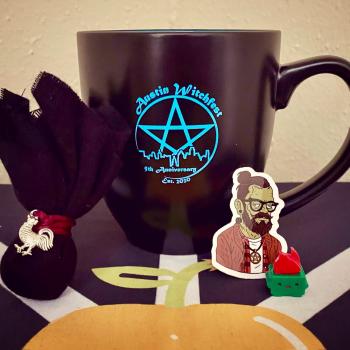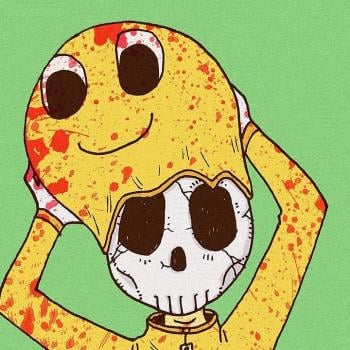[A conversation between myself and Chase.]
Me: “Ask me what my spirit animal is.”
Chase: “You have a spirit animal?”
Me: “I do not. But remember my post about wasp magic? I was kind of hoping that someone would make a comment about wasps being my spirit animal, so that I could write about how the whole spirit animal thing is appropriative, but nobody did. So I need you to do it.”
“Well, in my opinion, wasps are too overt for you. You’d be something subversive, unassuming but devastating in your full power. But also, I’m not sure you wake up every day and choose violence. If you did, you’d be a swan — alluring and seductive in theory, but absolute chaos in practice.”
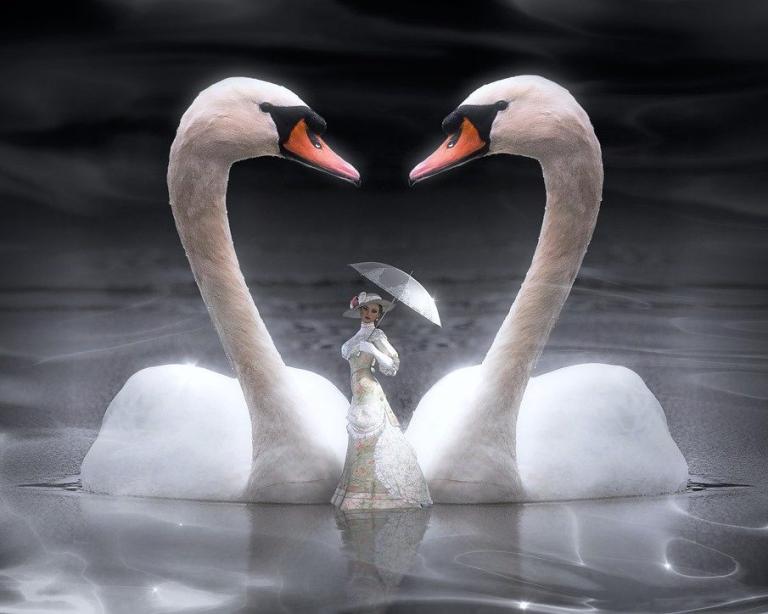
So. Spirit animal. I’m not down with it. The words sound, at least to my ears, callously derivative of Indigenous culture, and the first time I heard them, I was like, “This seems problematic, but nobody else seems to think it’s problematic, so I’m just going to press pause and focus on educating myself.”
It was basically the same way I felt when Friends was still on the air.
But you know how I figured out it really was appropriative? Whenever an Indigenous person on the Internet would say, “Please don’t use the term ‘spirit animal,'” white people — and I say this as a white people myself — would get really upset about it. It was very, “UGH. You can’t say ANYTHING anymore without someone getting all OFFENDED.”
And actually, you can in fact say any number of things that won’t offend anyone. Since we’ve got the entire English language at our disposal, we can easily express ourselves in ways that don’t actively denigrate marginalized cultures.
The term “spirit animal” — or sometimes “power animal” — was coopted by the New Age industrial complex back in the 80s and early 90s and marketed as an aspect of “traditional Native American spirituality.” It worked its way into pop culture vernacular from there, and it’s now used ironically as a way to express admiration, appreciation or affection, the first documented occurrence tracing back to 2006, when someone on a message board stated that Samuel L. Jackson was his spirit animal.
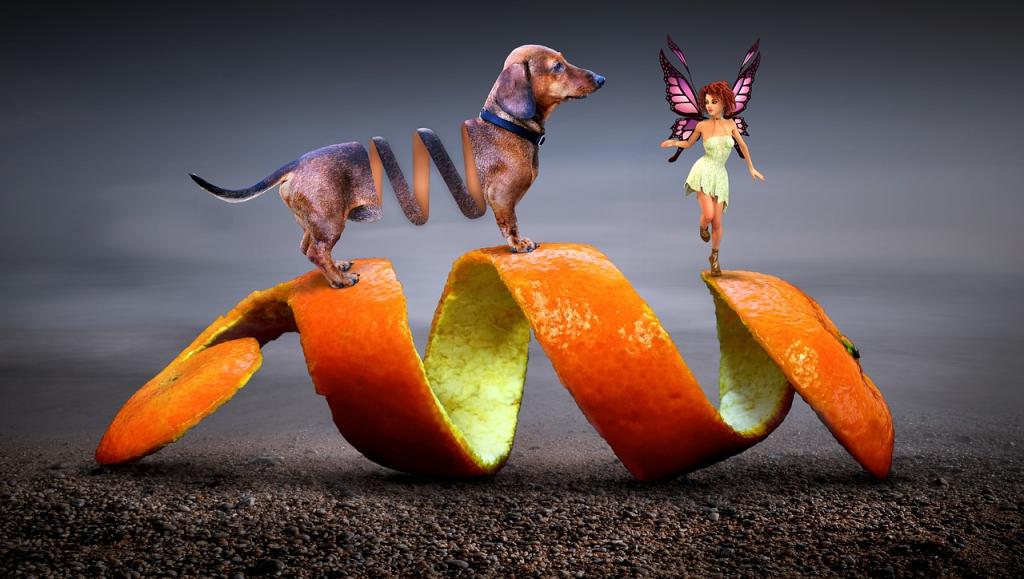
I get that most people aren’t knowingly trying to subjugate Indigenous cultures when they say “spirit animal,” but it also doesn’t really mean what they think it does. However, Witches have always been connected with animals, and those connections are distinct and varied — so, in the interest of intentional, cruelty-free communication, I’ve compiled a list of phrases that can be used in place of “spirit animal,” so that we can describe our relationships with our favorite fauna as specifically as possible. Here they are:
- Soul Animal
- Tutelary
- Familiar
- Fetch
- Daemon
- Genius Loci
- Mascot
- Charge
- Fursona
- Patronus
Will this whole pitch crash like a goose into Fabio’s face? Quite possibly. But that is a risk my animal nature is willing to take. En garde.
Soul Animal
The Finnish word sieluneläin literally translates as “soul animal,” meaning an animal that inherently reflects an individual’s personality. The word has pre-Christian origins, but over the centuries, it’s lost any mystic connotations, so even if you don’t have Finnish heritage, you can still use it without appropriation.
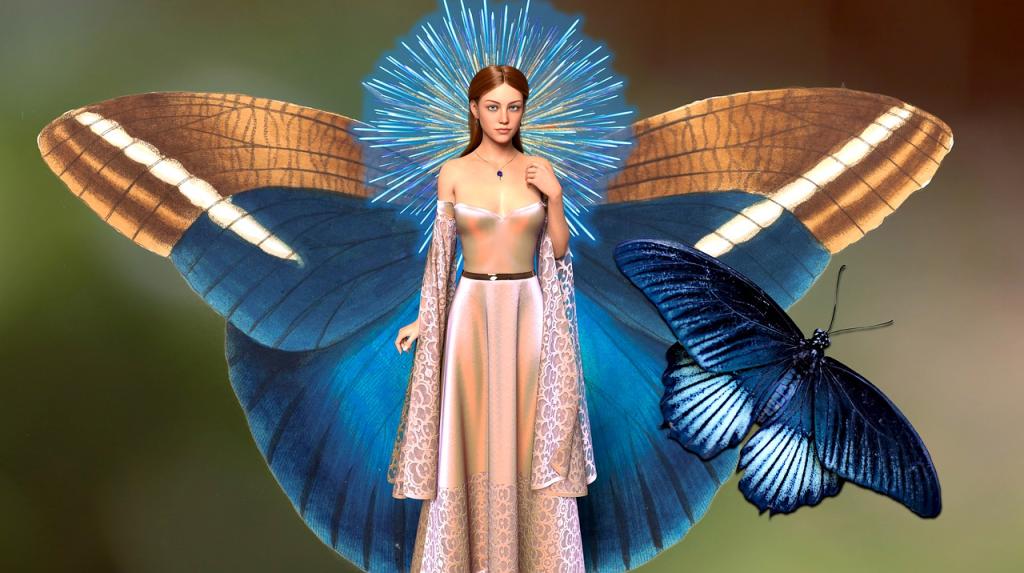
The best explanation of sieluneläin I’ve been able to find comes from a Tumblr post (to which my computer refuses to let me hyperlink):
If you see a corgi laying down in a creek just fucking letting water run over her because she can’t bother to move and think ‘same,’ that’s your soul animal.
And yeah, I know that “soul” and “spirit” are nominally interchangeable concepts, but remember, we’re trying to be specific with our word choices. In this case, “soul animal” as a descriptor transmits the emotion, “I relate so hard to that corgi” much more accurately than “spirit animal” does.
Tutelary
A tutelary, or tutelar, is a protective spirit that guides and watches over a person or group of people. Guardian angels and patron saints are tutelary spirits, as is St. Gulik.
Out of all the words on this list, this is the one I’d like to see used with more regularity, since it conveys a sense of respect, and a willingness to learn.
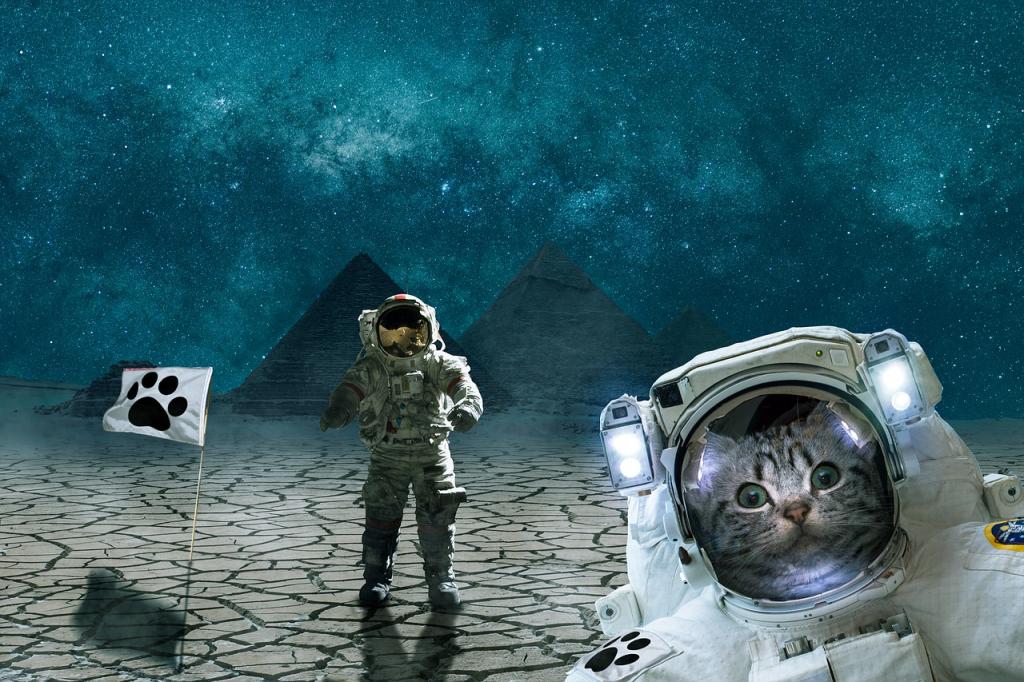
It makes a good metaphor, too. For example, “Samuel L. Jackson is my tutelary spirit” suggests that he’s your role model, someone you look up to and want to emulate. Truth be told, a whole lot of us could stand to be more like Samuel Jackson.
Familiar
In folkloric terms, a familiar is a spirit in service to a Witch or cunning person, which can take the form of an animal or small humanoid. Some Witches refer to their pets as familiars, and while it’s not the traditional usage of the word, I’m not bothered by it.
Tybalt has a cat who’s attuned to the occult and gets super inquisitive and paws-on when we circle, and he has another cat who seems concerned that we’re dancing around the living room naked, but otherwise can’t be bothered. The former is definitely a familiar, and the latter is apparently some sort of High Protestant.
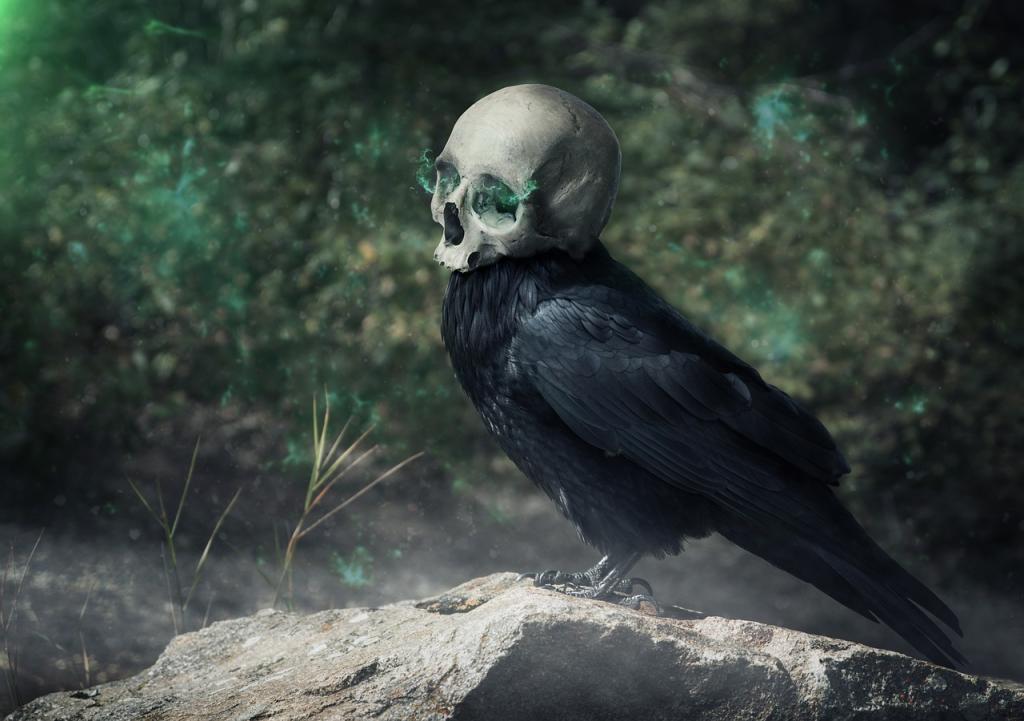
Fetch
In Irish folklore, a fetch is a spirit that resembles a living human. In the Feri Tradition of Witchcraft, the fetch is the “lower self,” much like the Id.
The fetch actually has a lot in common with the sieluneläin, since both are names for the third part of the soul, albeit in two different belief systems. Some sources make fetches and familiars out to be the same thing, but historically, a fetch has a more independent existence than a familiar.
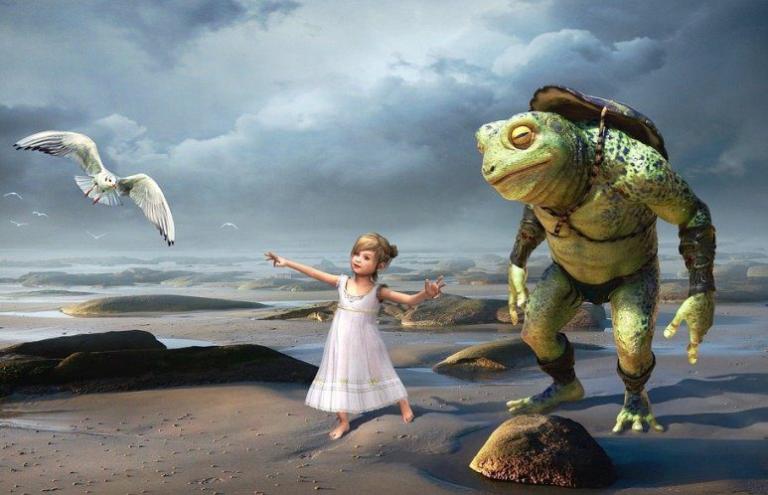
Personally, I tend to think of fetches as impulsive and infectious. Is there a wildly entertaining TikTok dance craze that you’re unable to stop watching? If so, that’s your fetch.
And you can finally make fetch happen.
I’ll show myself out.
Daemon
In Greek mythology, a daemon or daimon is a minor deity, like a nymph, river spirit, or satyr. Personifications are also considered to be daemons, so as the Personification of Strife, Eris is (THE BEST) daemon.
Humans also have personal daemons that determine their individual fates. If you’ve read the His Dark Materials books, or seen The Golden Compass or watched the HBO series, then you’re familiar with the idea of a daemon as a physical manifestation of the soul.
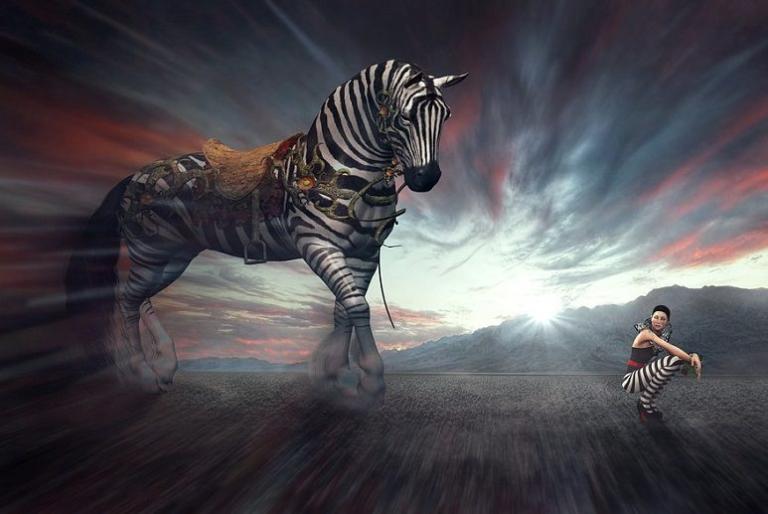
From a secular perspective, a daemon would be someone or something you love to the point that it steers your schedule and/or decision-making process — like, if you plan your vacations around your favorite band’s tour dates, or if your friends know never to call you when RuPaul’s Drag Race is on. Katya Zamolodchikova is Chase’s daemon, in that he has a devotion to her that borders on religious fervor.
Genius Loci
In Roman religion, a genius loci is a protective spirit of a place. Ancient iconography of genii locorum often depict them holding items associated with fertility and bounty, like cornucopias, snakes, and offering bowls.
I have a theory that many cryptids — Bigfoot, say, or the Loch Ness Monster — are actually genii locorum, and only certain people are sensitive enough to visually perceive them. I have yet to see a cryptid myself, but I’m hopeful that my earnest belief will make them amenable to posing for some blurry photographs.
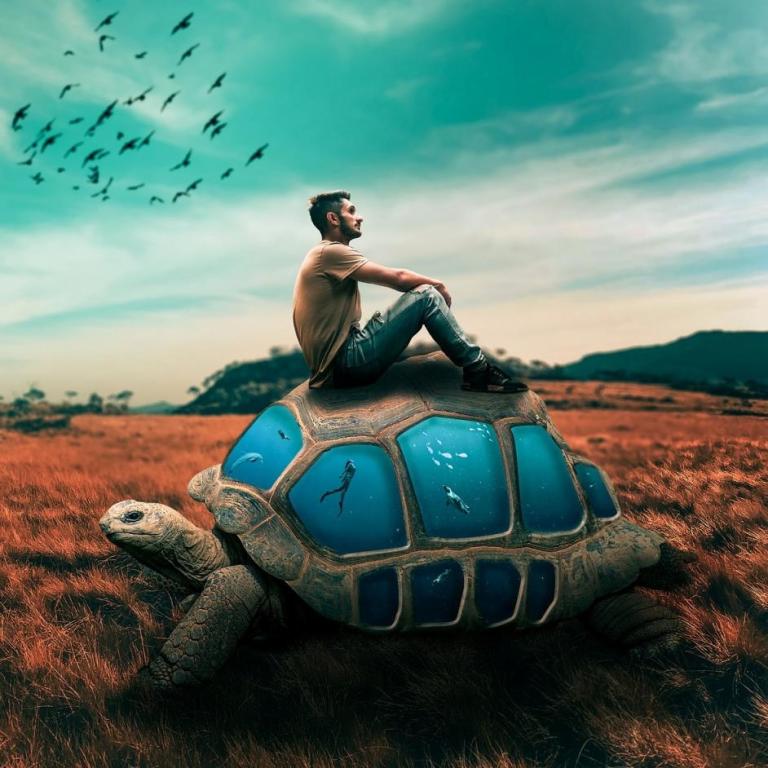
The most recognizable modern-day examples of genii locorum are probably garden gnomes and lawn flamingos. A good friend of mine has two giant stone lions that sit on either side of the steps leading up to his house, and those function as extremely stately genii locorum.
Mascot
It’s a lot less mundane than it sounds. A mascot is an animal, caricature, or talisman thought to bring luck or victory, which also serves as a public identity.
We’re used to the idea of sports teams having mascots, but private organizations often have mascots as well. The Misfits, for instance, have a stuffed-toy Taz that someone fished out of a Salvation Army clearance bin 30 years ago, and our pledges must keep him safe and protect him at all costs. (And let me tell you: Taz has seen some shit.)
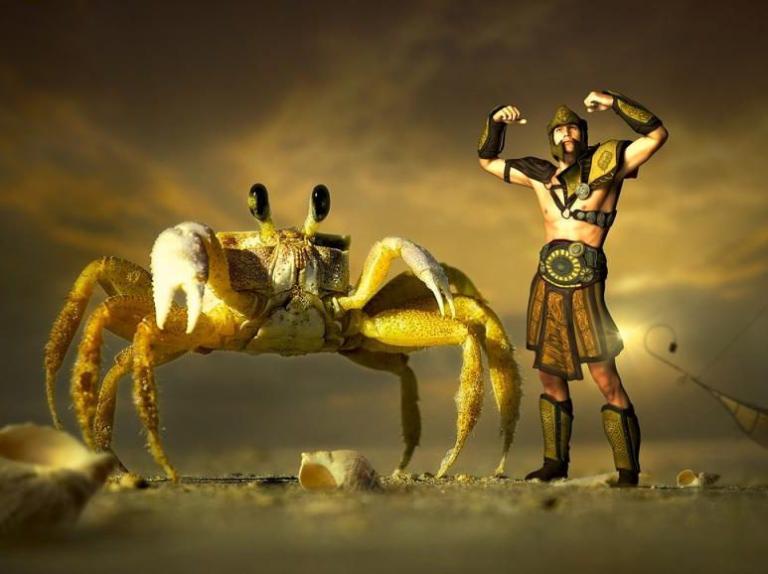
Outside of sports and leather clubs, any accessory that contributes to a signature look or sense of self can qualify as a mascot. It didn’t really get mentioned in the movie, but in the book The Devil Wears Prada, Miranda Priestly keeps a white Hermés scarf on her person at all times. That scarf (or scarves, since she’s constantly losing them and has a closetful of replacements) is Miranda’s mascot.
Charge
In heraldry, a charge is a geometric motif or a stylized animal incorporated into the design of a coat-of-arms. Each charge has a symbolic meaning, usually tying into a family surname or a clan motto.
Lions, eagles, and griffins are often utilized as charges: They represent strength, fortitude, and valor, respectively, whereas roosters, cranes, lynxes, and marine-wolves all signify vigilance. (A marine-wolf is really just a seal, but I am going to call them marine-wolves for the rest of my life.)
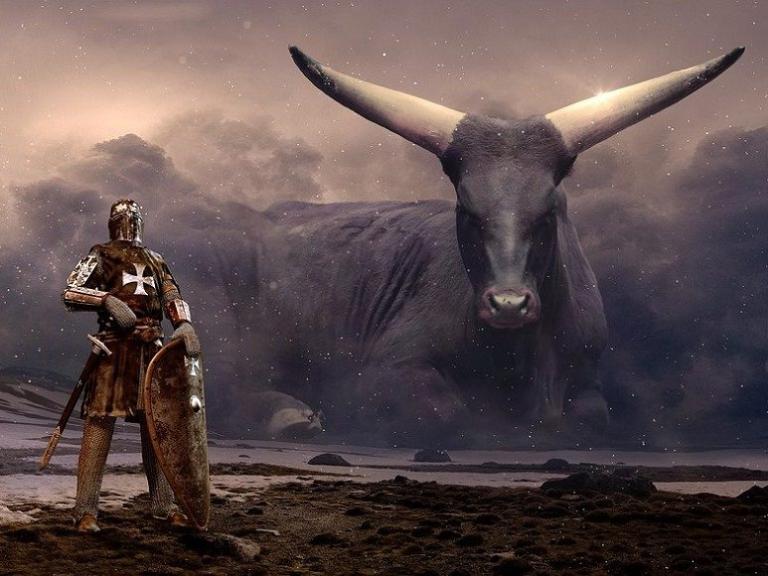
What’s cool is that “charge” can also be used as a verb — if a shield features charges of cameleopards (otherwise known as giraffes), you’d say, “This shield is charged with cameleopards.” Ergo, instead of saying, “Gerard Butler is my spirit animal,” I could say, “I AM CHARGED WITH GERARD BUTLER,” which sounds infinitely more bad-ass.
Fursona
Within the Furry Fandom, a fursona is one’s anthropomorphic animal character. Some furries just like dressing up as their fursona, whereas others have a desire to become their fursona, or strongly feel that their fursona is an expression of who they are on the inside.
[Ed. Note: Furries are not to be confused with therians, who believe themselves to be non-human animals trapped in human form, or otherkin, who believe themselves to be mythological creatures. That’s, like, a whole ‘nuther blog post.]
Fursonas have a surreal quality about them, so if we’re looking for a word to use ironically, especially if we’re trying to explain how much we enjoy something, “fursona” fits the bill nicely. If someone wants to design a “Bacon Is My Fursona” T-shirt, I’ll bet it will turn a profit.
Patronus
[deep sigh]
Okay.
“Patronus” is a Harry Potter thing. Upon casting the Patronus spell, the wizard produces a magical, glowy animal that saves them from… evil badness, I guess? Stabby ghosts? Gender diversity? I haven’t read the books.
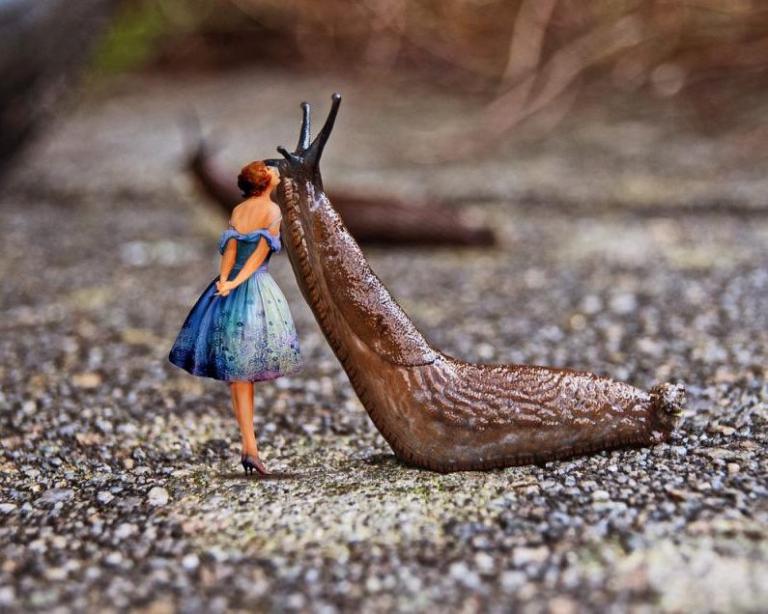
I have also never been a JK Rowling fan, even before she outed herself as the TERFiest TERF who ever TERFed. And it makes me crazy when Witches refer to people who don’t practice magic as “muggles.” But… okay, listen, if some random Good Samaritan pulls you out of a burning building, and you’re like, “Thanks, mister! You’re my Patronus now,” I can’t stop you, and I’m honestly just glad you’re still alive.
So… blargh. Fine. Yes, Virginia, there is a Patronus.
Your Zoological Horoscope for Today
Now that we’ve got all these alternatives to “spirit animal,” we can start applying them, which will result in really precise portraits of ourselves and how we perceive our preferences. As follows:
The Toad is my familiar — even when I’m playing with with The Liminal Spirits Oracle, the Toad card almost always turns up in readings about Witchcraft; gnomes dressed as Witches are my household genii locorum, and the opossum that tried to kill me is a genius loci as well; the Horned Rabbit is my mascot; the Bee is my charge; Postmodern Jukebox is my daemon; Brookies are my fursona.
And my tutelary spirit is the Skunk.
The morning after my initiation, my High Priest and I were sitting out on a porch in Berkeley, CA. (Nobody else was up yet because it was 6 a.m., but we were both still on Texas time.) We were sipping coffee and idly chatting about whatever, when he suddenly stopped and went, “Oh, shit, look,” and pointed towards the street. A skunk was ambling down the sidewalk, just grooving along in the misty light without a care in the world.
Since that day, I just kind of follow the Skunk. Whenever I need to exhibit quiet confidence, or make a superficial display to let people know not to mess with me, I call upon Big Skunk Energy to get me through.
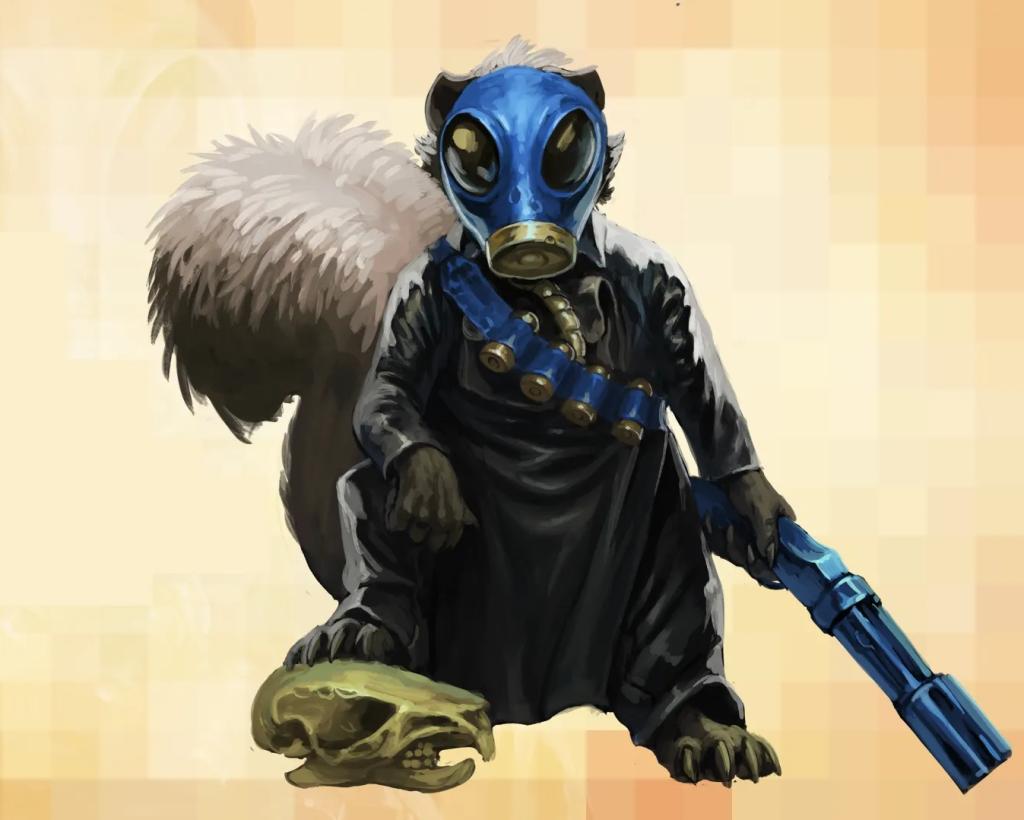
Chase was correct when he said I’m unassuming but devastating in my full power. And while he got the kingdom wrong, he definitely nailed the color scheme.
As for my soul animal, I never really thought I had one. But then I read a tweet from this guy @urvillageidiot (whose account has unfortunately been suspended):
you wake up.
you’re still a lizard sunning on a red rock. it was all a dream.
the concept of selling “feet pics” to pay back “student loans” is already losing its meaning as you open and lick your own eyeballs to moisten them.
Time to eat a bug.
And I just… oof.
Big mood, y’all. Hard same.









